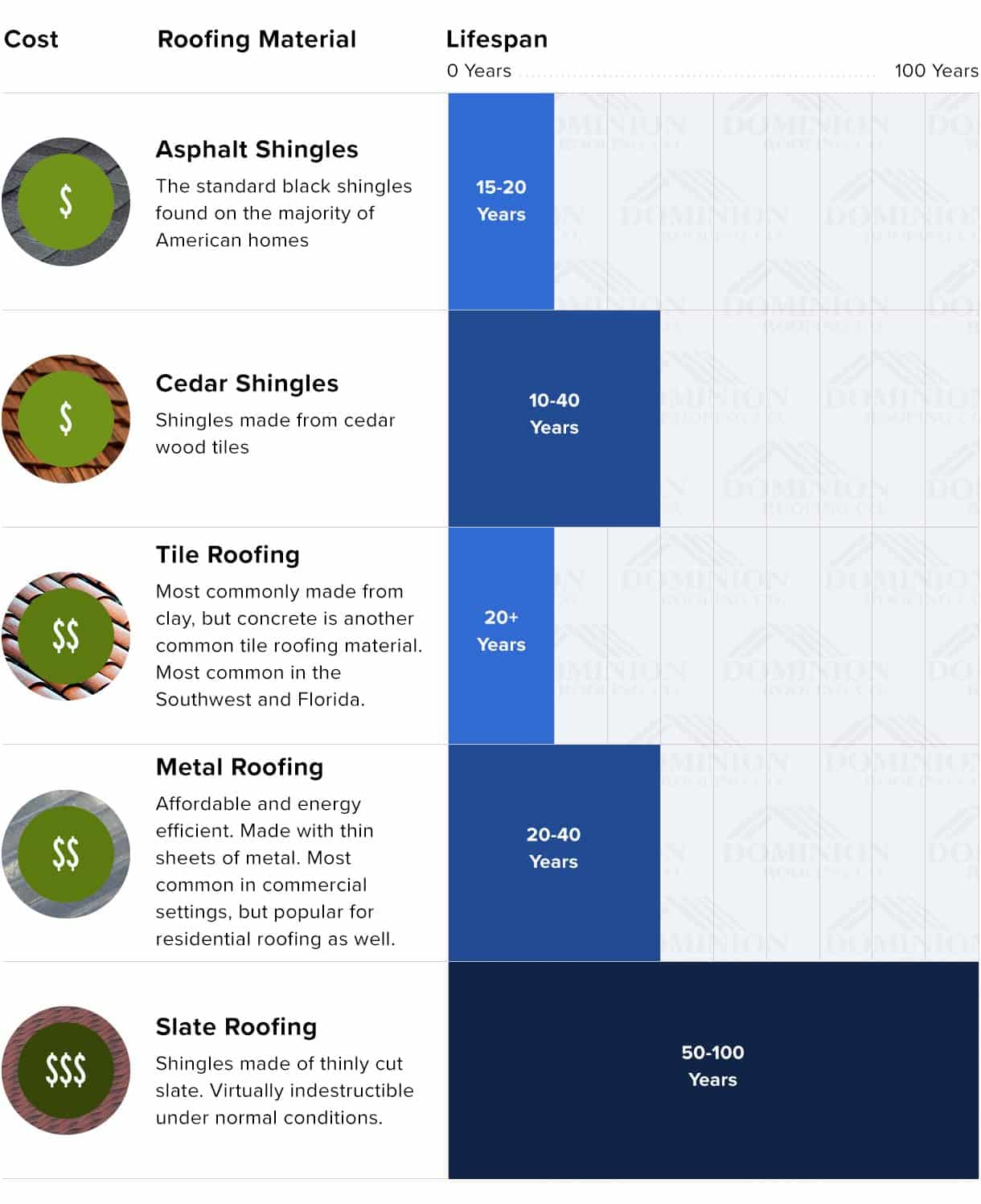The Contribution Of Roof Covering Air Flow To An Effective Installment Refine
The Contribution Of Roof Covering Air Flow To An Effective Installment Refine
Blog Article
Material Author-Hermansen copyright
When you're taking on a roofing job, you might not assume much regarding roof covering ventilation, but it's even more important than you recognize. Efficient air flow assists control temperature and dampness in your attic room, stopping issues like mold and mildew and architectural damages. By comprehending just how to create and set up a well balanced air flow system, you can improve power performance and extend the life expectancy of your roof products. So, what are the crucial elements to consider throughout setup that can make all the distinction?
Relevance of Roofing System Air Flow
Roof ventilation plays an important duty in maintaining the total health and wellness of your home. By enabling fresh air to distribute through your attic room, it assists manage temperature and wetness degrees. This balance is essential to avoid warmth build-up during hot months, which can result in increased energy prices as your a/c burns the midnight oil.
Furthermore, correct ventilation significantly reduces the risk of moisture-related problems like mold and mold. If moisture levels rise, your home's architectural integrity can be jeopardized, resulting in costly repair work. You wouldn't want to take care of decaying wood or distorted roofing products, right?
Additionally, appropriate air flow expands the lifespan of your roof. When warmth and wetness are kept in check, your roof covering can perform optimally, protecting against premature damage. This indicates fewer headaches and costs down the line.
Just How Roofing Air Flow Works
Reliable roof covering ventilation counts on the natural motion of air to develop an equilibrium in between intake and exhaust. When you install vents, you're essentially allowing fresh air to enter your attic room while making it possible for hot, stale air to get away. This procedure helps manage temperature and wetness degrees, stopping issues like mold development and roofing damage.
Consumption vents, normally discovered at the eaves, reel in cool air from outside. Meanwhile, exhaust vents, located near the ridge of the roof covering, allow hot air rise and leave. The difference in temperature creates a natural airflow, known as the pile effect. As cozy air increases, it develops a vacuum that pulls in cooler air from the lower vents.
To maximize this system, you require to ensure that the consumption and exhaust vents are properly sized and placed. If the consumption is restricted, you will not attain the preferred air flow.
Also, not enough exhaust can catch heat and dampness, causing potential damage.
Key Setup Considerations
When installing roofing air flow, a number of vital considerations can make or damage your system's performance. Initially, you require to examine your roofing system's design. The pitch, form, and materials all affect airflow and ventilation choice. Ensure to select Visit Web Page that match your roofing kind and neighborhood climate conditions.
Next, consider siding contractors in san antonio tx of your vents. Preferably, you'll desire a balanced system with consumption and exhaust vents placed for optimum airflow. Place intake vents short on the roof and exhaust vents near the peak to motivate a natural circulation of air. This arrangement assists protect against wetness accumulation and promotes energy performance.
Don't forget insulation. Appropriate insulation in your attic prevents warmth from running away and maintains your home comfy. please click the up coming post that insulation doesn't block your vents, as this can prevent airflow.
Last but not least, consider maintenance. Choose air flow systems that are very easy to gain access to for cleansing and evaluation. Normal maintenance ensures your system remains to work successfully in time.
Final thought
To conclude, roof covering ventilation is essential for a successful setup. By ensuring correct air movement, you can protect against heat buildup and moisture problems that bring about costly damage. When you tactically position intake and exhaust vents, you enhance power efficiency and prolong the life expectancy of your roof. Keep in mind, a well-ventilated roof covering not just safeguards your financial investment but additionally improves your interior air quality. So, focus on air flow to make certain a resilient and economical roof for your home.
